Disclosure: This post may contain affiliate links. I may earn a small commission for my endorsement, recommendation, testimonial, and/or link to any products or services from this website.
This complete guide to tofu breaks down the different varieties of tofu and gives the best recipe ideas for each of them.
Ever wonder what exactly tofu is, or why there are so many different types? Or maybe you want to know how some chefs can transform this magical plant-protein into the most delicious and satisfying recipes…but you’re still stumped over this white, spongy block.
Well friend, you’ve come to the right place. Today I’m sharing all of that with you…and more!
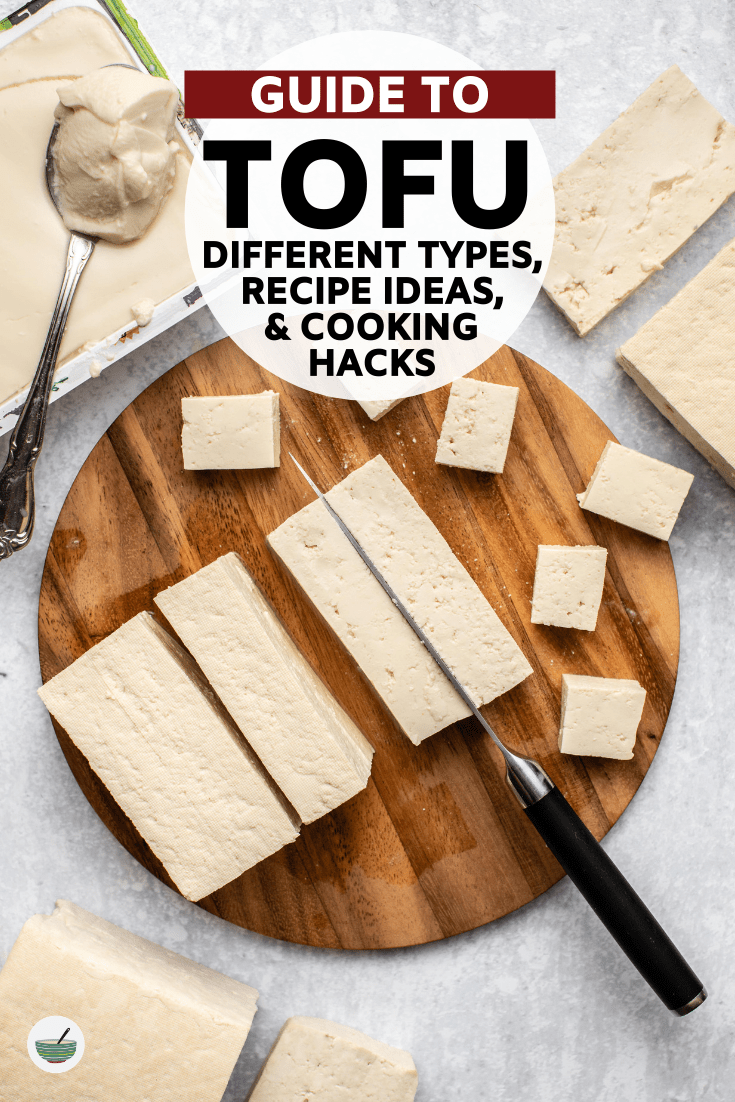
What is Tofu?
Tofu is essentially cooked, blended, and condensed soy beans. First the beans are cooked and turned into milk, then the soy milk is thickened and pressed into those familiar white blocks that we all know and love.
There are four main types of tofu that you’ll see in stores:
- Silken Tofu
- Firm Tofu
- Extra Firm Tofu
- Super Firm Tofu
The main difference between each type of tofu is the amount it has been pressed – Silken Tofu has the lowest protein content (and highest water content), while Super Firm has the highest. Each variety of tofu has a different texture, and thus is best used in different types of recipes. Now, let’s break it down a little further…
Silken Tofu:
Silken Tofu is the least firm variety of tofu and has a soft, creamy texture – so much so that you can scoop it with a spoon! You can however, still cut it with a knife to form cubes. If you choose to do this, I would suggest cutting it inside of the package, so it doesn’t fall apart.

Recipe Ideas:
It’s best to use silken tofu when you’re looking a melt-in-your-mouth texture for soups or stews. You can also blend it to add some extra volume, creaminess, and moisture to spreads or baked goods.
Try Making…
Firm Tofu:
Firm, extra firm, and super firm tofu are all pretty similar, but do have their differences. Again, this all comes down to how much the tofu was pressed. Firm Tofu is the softest of the firmer tofus but still slices easily and holds together well when tossed in a marinade. It can also be labeled as Medium Firm Tofu, depending on the brand.
Recipe Ideas:
It’s best to use Firm Tofu in applications where you’re looking for a firm yet smooth texture. When baked, Firm Tofu gets a nice and crispy outside, but still has a soft and fluffy inside.
Try Making…
Extra Firm Tofu:
Extra Firm tofu has a heartier bite, denser texture, and higher protein content per serving, but still has a little give when pressed. It’s definitely the most commonly used form of tofu in our society, and appears in a wide variety of recipes.
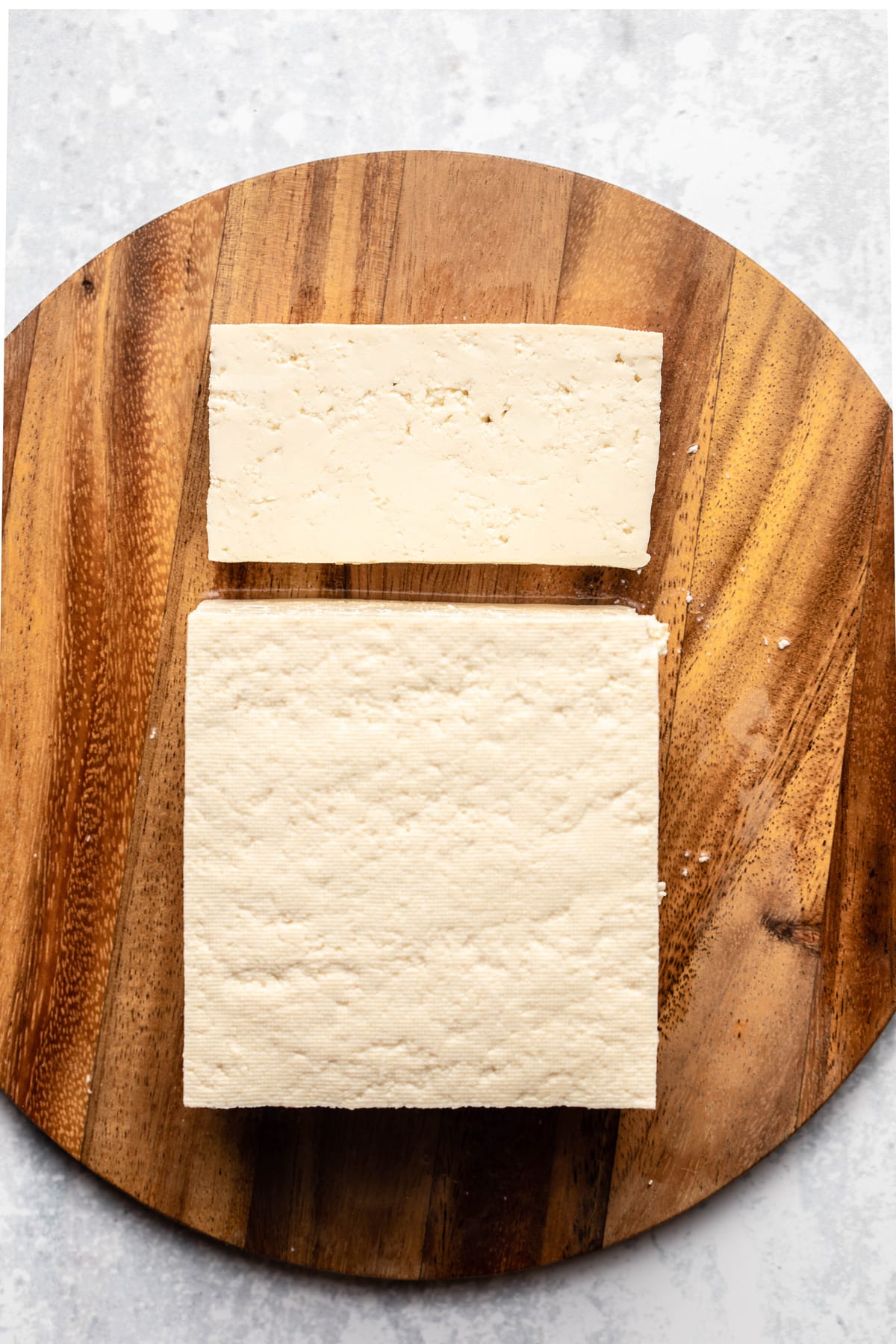
Recipe Ideas:
Extra Firm Tofu is most commonly baked or crumbled for plant-based meat or egg substitutes. However, it can also be blended to give vegan cheese spreads a light and airy texture.
Try Making…
Super Firm Tofu:
Super Firm Tofu has been really, really pressed – you’ll notice that it has a much firmer texture with little give. This tofu is most commonly wrapped in plastic, while other tofu comes stored in water inside of a larger plastic box.
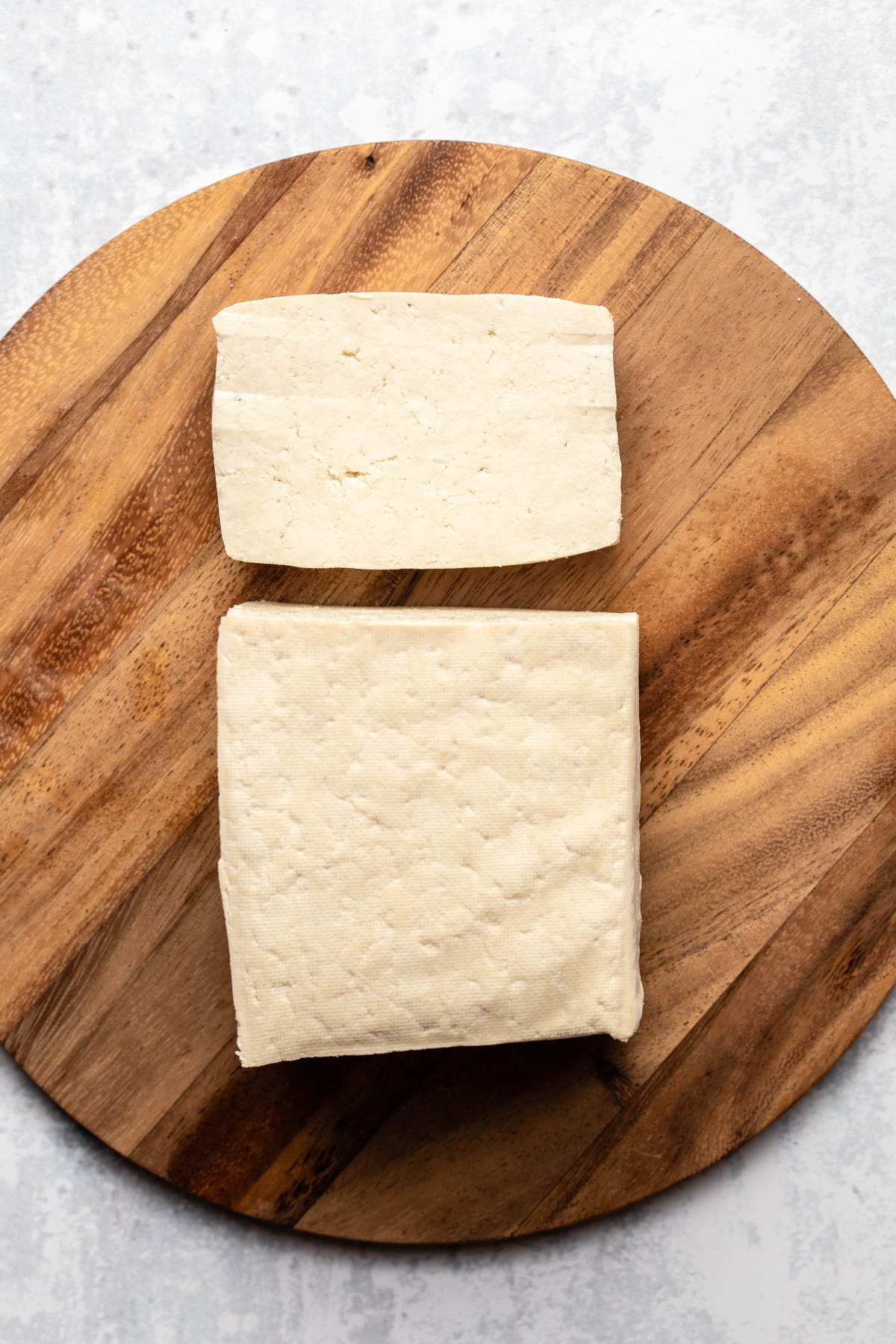
Recipe Ideas:
You can use Super Firm tofu in any recipe where you would use extra firm tofu – the main difference is it will hold up better if you are simmering it, and be even crispier when you bake it due to its lower water content.
Try Making…
- Chinese Five-Spice Braised Tofu
- any other baked tofu recipe!
Tofu Hacks
You can use tofu straight out the package, but oftentimes it doesn’t produce the best results. If you want the most flavorful and crispiest tofu, check out these two easy tofu hacks:
1. Pressing Tofu
Most recipes ask you to “press” tofu, which removes extra moisture before marinating and/or baking. By taking out some of the tofus water content, we can “re-fill” that space with marinades or spice-infused sauces. This, however, doesn’t necessarily change the texture of the tofu itself – firm tofu will still be relatively soft on the inside when you bake it, and super firm tofu will be the crispiest. That being said, I recommend purchasing firm, extra firm, or super firm tofu based on what final texture you’d like, especially when baking the tofu whole.
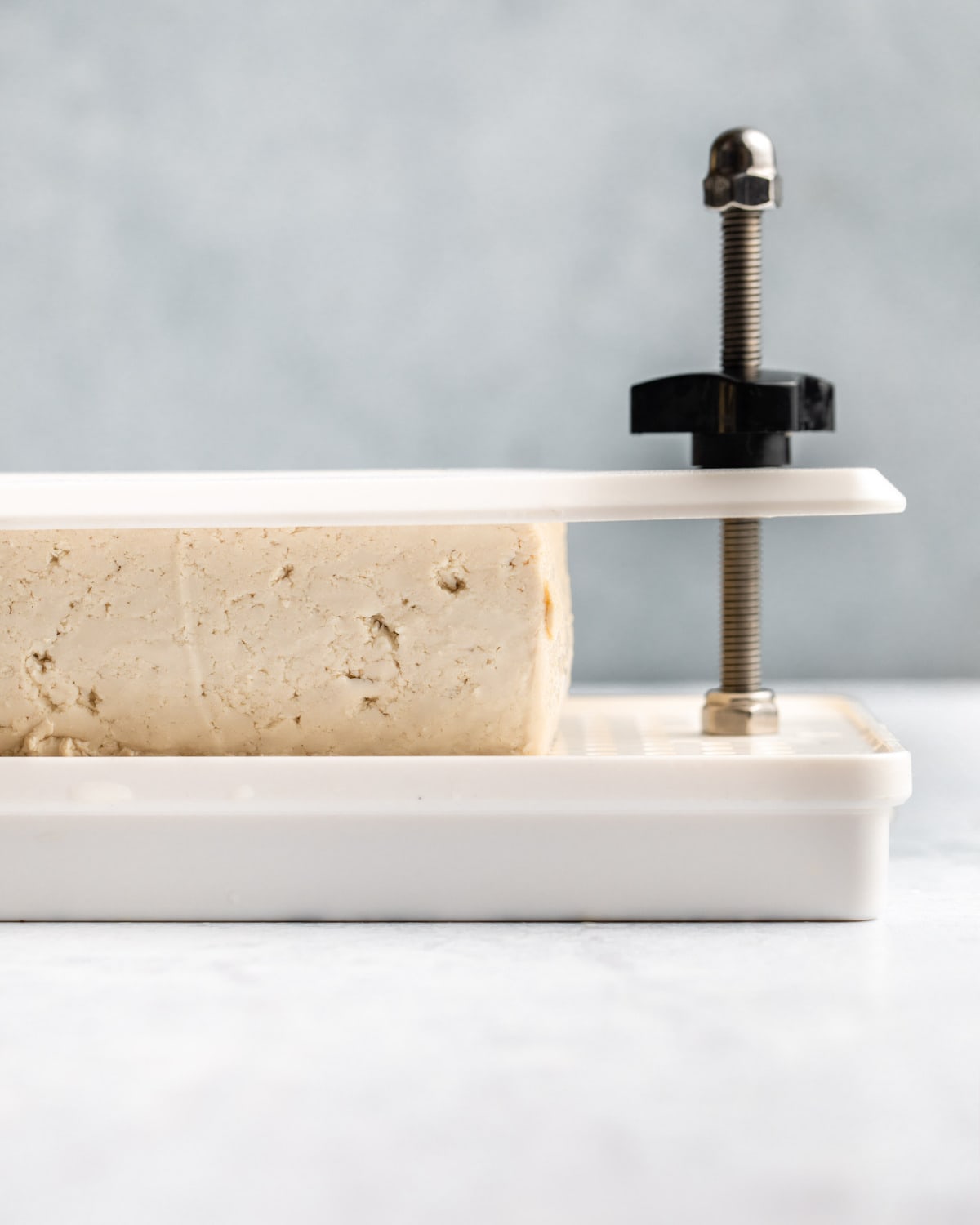
The easiest way to press your tofu is by using a tofu press. There are a few different models available on the market, but I use and love this one – it’s user-friendly and effectively removes extra moisture without breaking the tofu block.
If you don’t have a tofu press, you can also drain the tofu, wrap it in a clean towel, and weigh it down using some books or another flat and heavy object. I personally find that this method presses the tofu unevenly and more often than not my books/heavy objects fall off…which is more of a bother than a help. If you eat tofu regularly, I’d say the tofu press is a more than worthy investment.
2. Freezing Tofu
Did you know you can also freeze your tofu? This changes the texture of the tofu and makes it have a heartier, almost spongy bite to it – but in a good way! I typically freeze my extra firm tofu, but you can do this with firm or super firm tofu as well. It does require some advance prep work, but oftentimes I’ll just do this when I have a block of tofu that is about to expire.
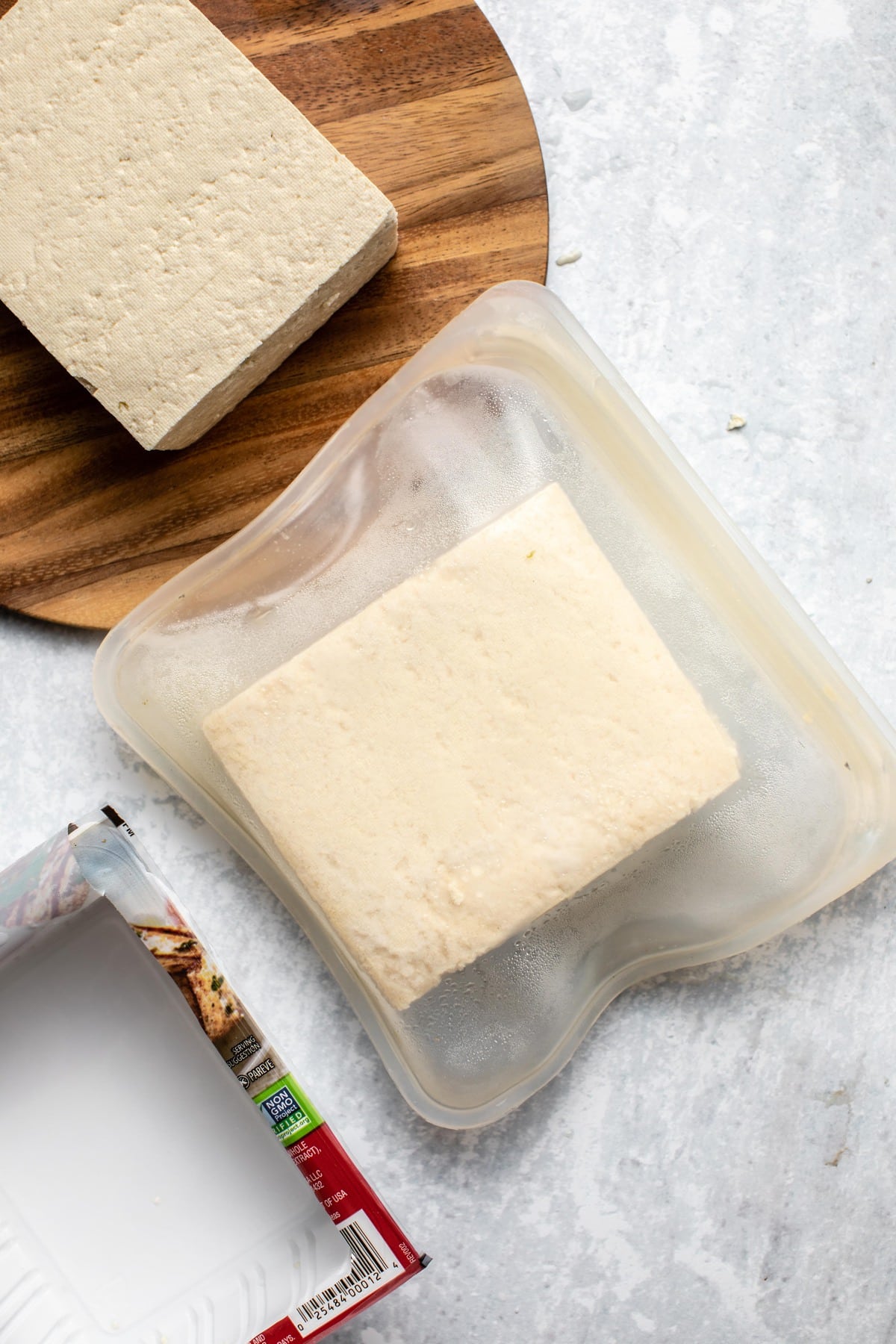
To freeze your tofu:
- Drain the tofu from its original package
- Place the tofu in a freezer-safe bag (I like these reusable ones)
- Freeze for at least six hours, preferably overnight
When you’re ready to use your tofu, remove it from the freezer and let thaw completely at room temperature. I would suggest pressing the tofu (or at least patting it with a towel) before using – it will release more water as it thaws.
And that pretty much sums up this guide to Tofu!
If you found this post helpful, please leave a comment and/or share it with a friend! I also created a video guide to tofu, for all of my visual learners out there. You can check it out here:
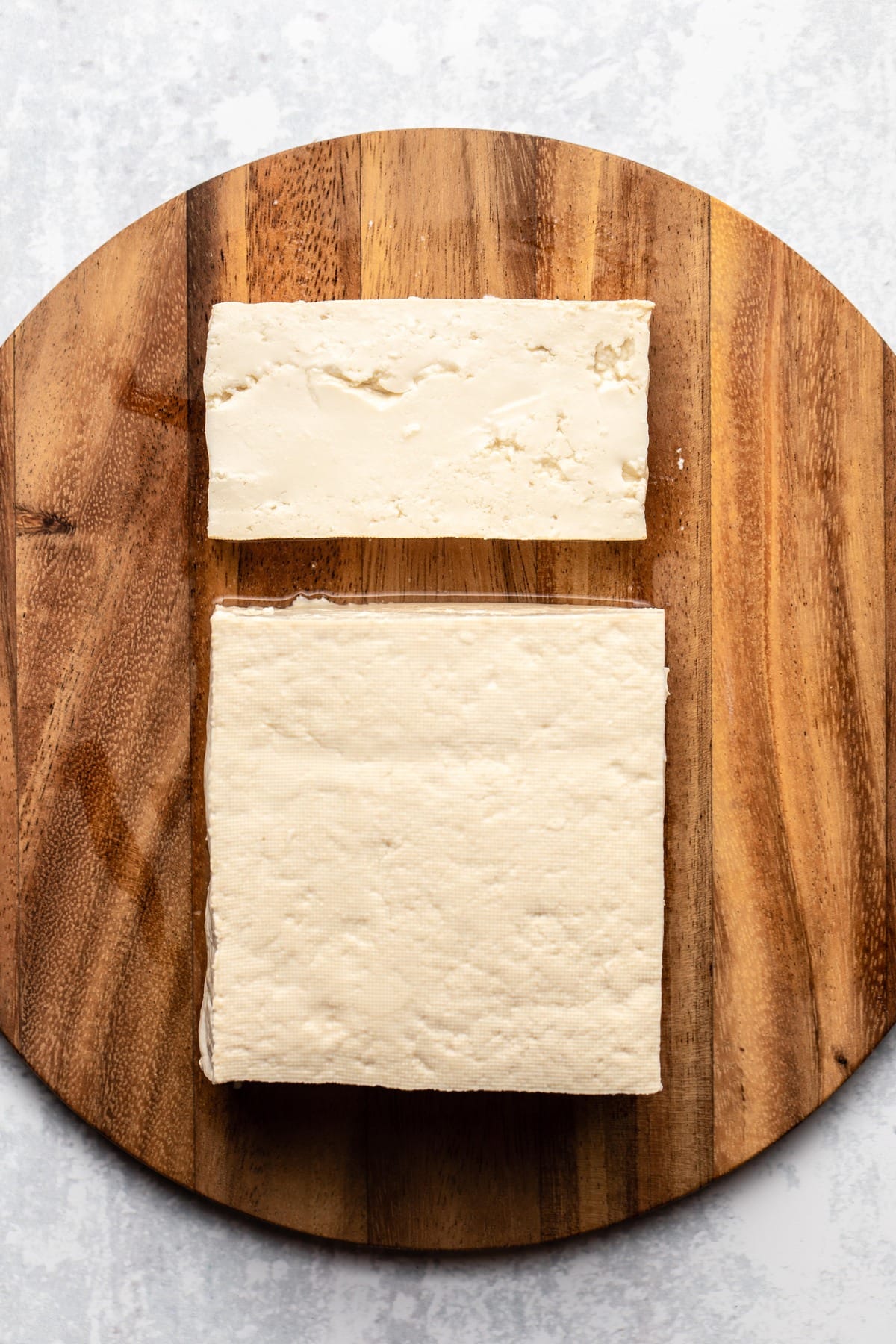


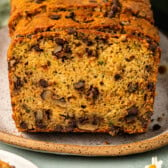


I really know nothinh about Tofu but after reading your article I feel very informed! Thank you ????????
Glad you found it helpful!
Very helpful, I now know more about tofu and will feel more confident when cooking with it.
So glad it was of help to you!
Very good information for the vegetarians like me.I am eating tofu frequently.But I would like to make at home.Maung
Glad you found it informative!